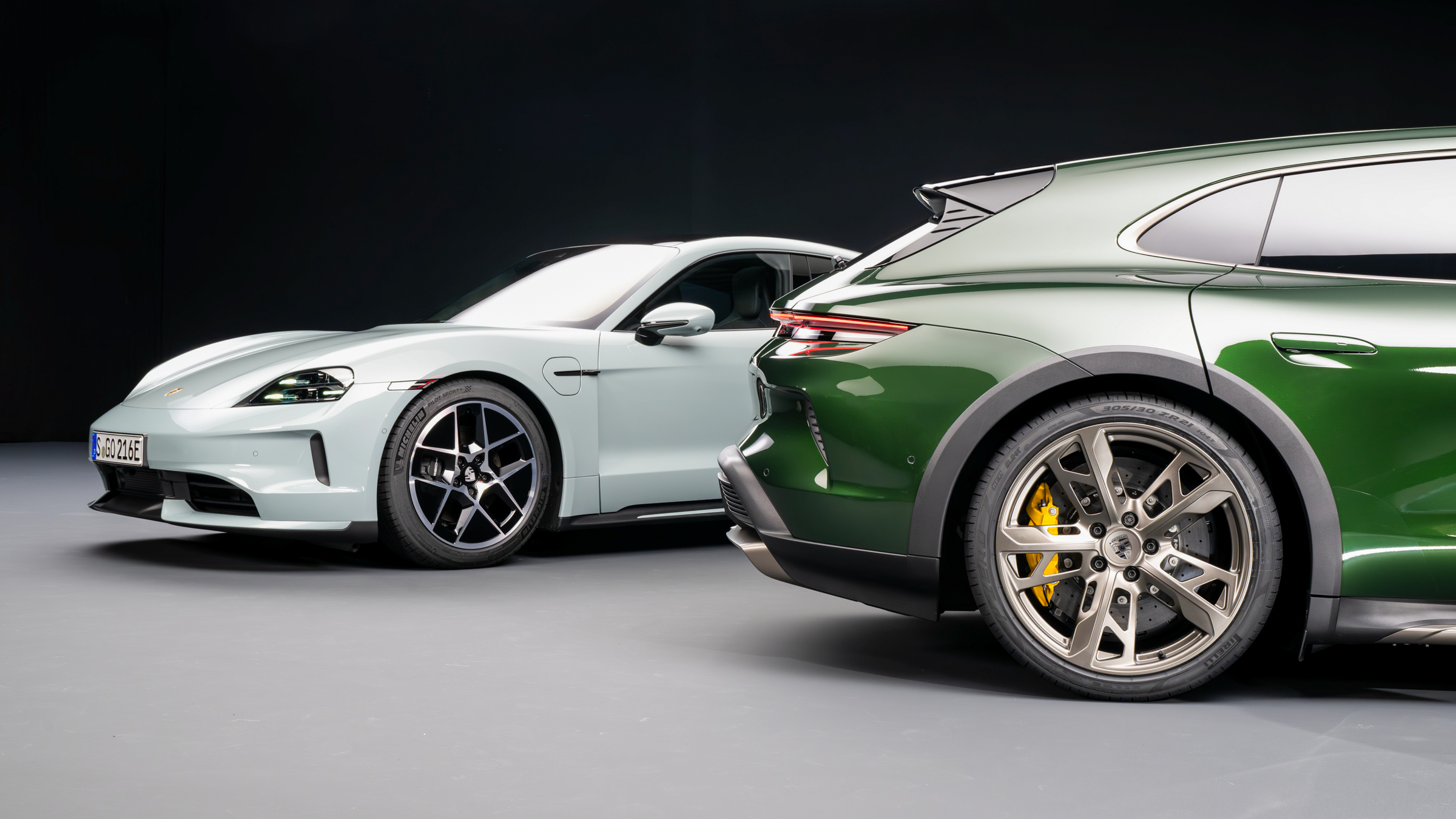
Over four years since the original Porsche Taycan arrived, it’s time for a facelift. A mid-life refresh wouldn’t normally garner much attention; these updates usually see a nip and tuck to the design, a newer touchscreen display, perhaps a set of snazzy new wheels and even more silver-grey paint options.
But with electric cars, things are different. EV technology is improving so quickly that the facelift of an electric Porsche launched back in 2019 is a very big deal.
And so that’s where the new Taycan comes in. Revealed today and due on sale soon, this is a car that looks a lot like its predecessor, but packs a huge amount of updated technology under the skin.
The headline improvements are mightily impressive. We’re talking a range improvement of 35 percent to 678 km (421 miles) in the base-level Taycan. Equally impressive is the charging speed, which has surged from a maximum of 270 kW to 320 kW for all versions. This means the battery can be filled from 10 to 80 percent in just 18 minutes – or, as I saw during a passenger ride in a camouflaged prototype – a top-up of 23 kWh in a remarkable 4.5 minutes from a 350 kW charger.
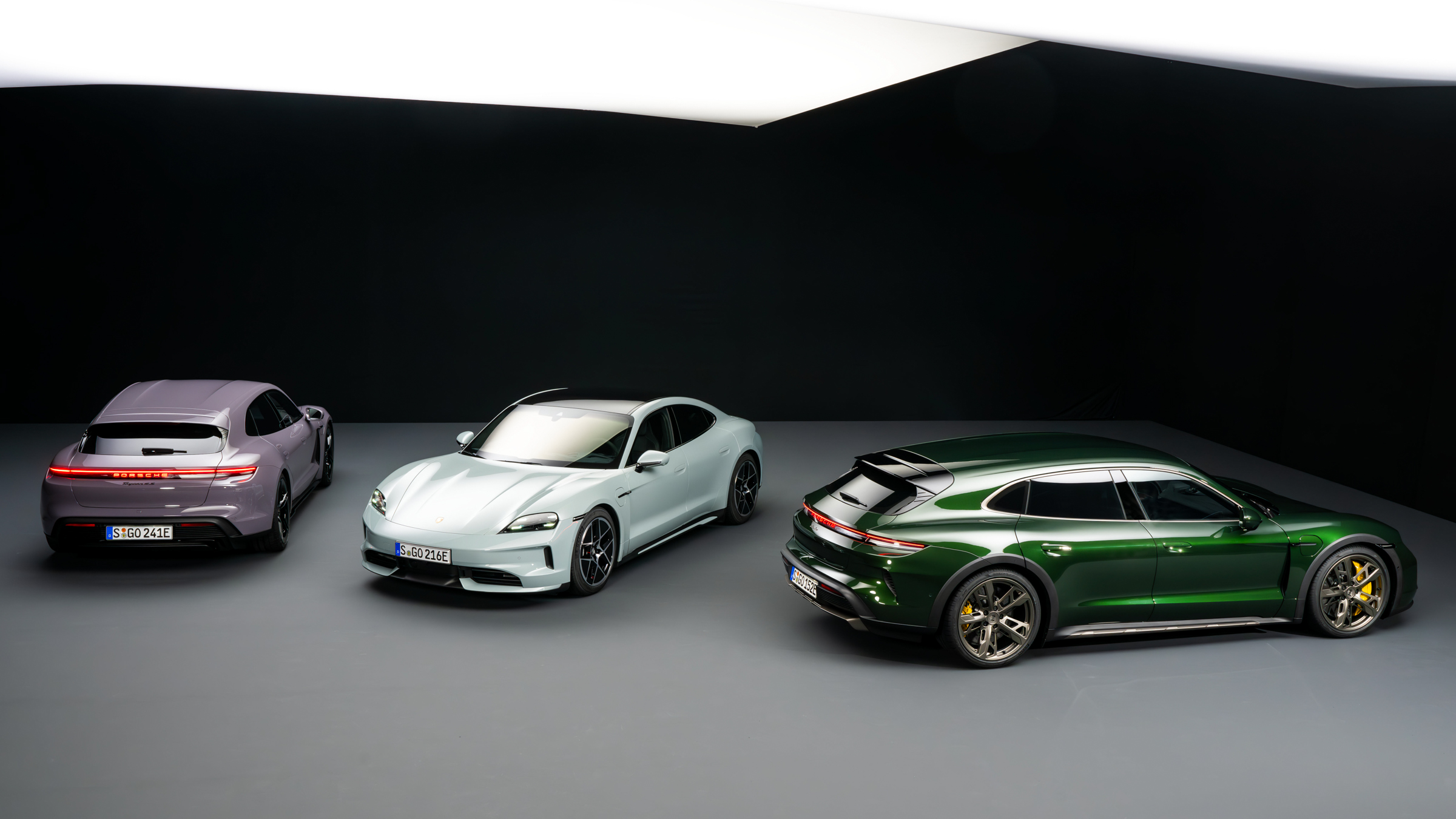
In a world where public EV charging can still be a painful experience, watching the Taycan’s battery fill so quickly was nothing short of mesmerising. It filled from 28 percent to 53 percent in those four-and-a-half minutes. Porsche claims charging from 10 to 80 percent can take as little as 18 minutes, down from 27 for the original Taycan.
Even on a bitterly cold January day, the first 10 kWh took just two minutes, and the charge rate – predicted by the car to be 290 kW when we arrived at the charger, based on battery state and temperature – began at 300 kW and nudged up against its 320 kW limiter soon after. This is the sort of charging performance that feels revelationary; a quantum leap that offers a real glimpse of what, hopefully, EV ownership will be like for everyone in the years to come.
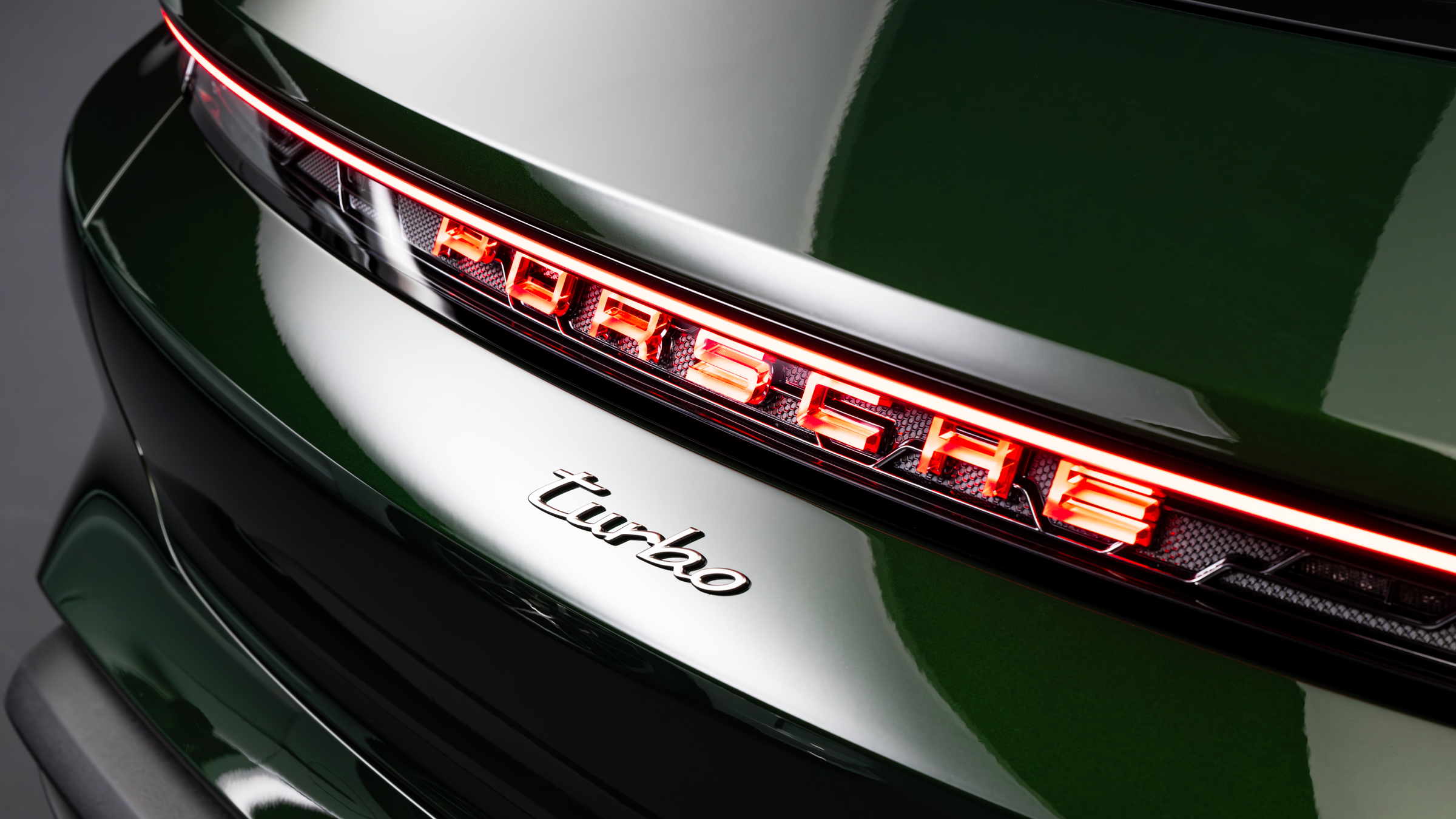
Porsche has also slightly enlarged the Taycan’s battery pack, from 93 kWh to 105 kWh in the case of the larger option, and maximum power for the Turbo S is now 700 kW, the equivalent to 939 horsepower. Porsche says 62 mph is reached from standstill in 2.4 seconds when using Launch Control, a 0.4s improvement on the previous model.
When up-and-running there’s a new ‘push-to-pass’ button on the steering wheel. Press this and maximum thrust is available for 10 seconds – perfect for speedy overtakes or, in my case, a swift entry onto a derestricted section of autobahn. With no speed limit to worry about, the Taycan Turbo S I rode shotgun in surged effortlessly to its 250 km/h (155 mph) limiter on a tsunami of electric torque – 1,100 Nm of the stuff, no less.
The original Taycan could never be accused of lacking straight-line performance, so while impressive that Porsche has managed to eke more power out of its motors and battery, it remains the sort of acceleration that takes your breath away and initially elicits a laugh, but eventually becomes unpleasant. It is violence administered with precision.
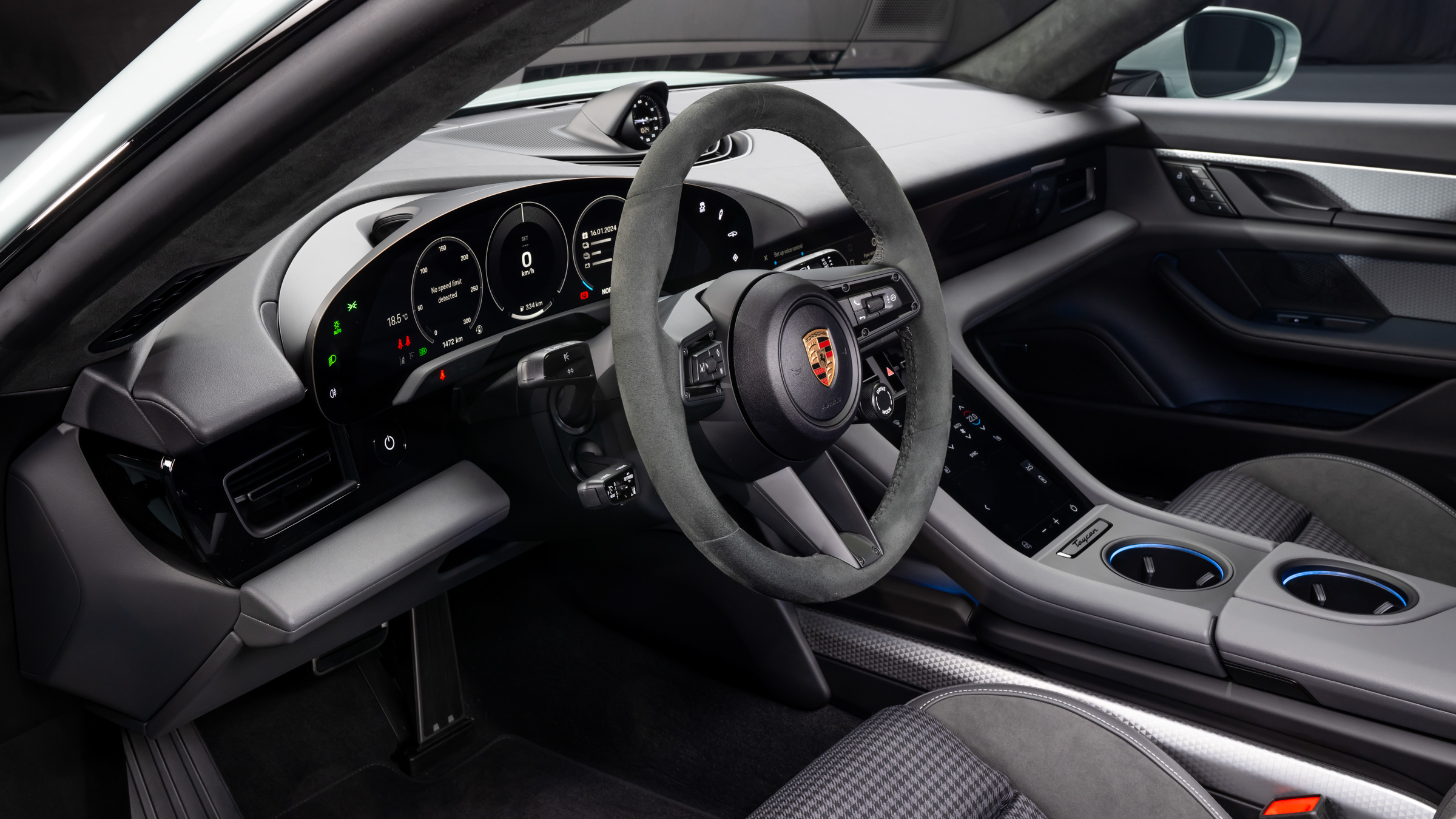
But there’s more to the new Taycan than faster charging and even more brutish acceleration. A new two-chamber adaptive air suspension system promises improvements at high and low speed by introducing a significant increase to damping force potential, and also featuring rebound and compression damping that can be independently adjusted.
What this means in the real world is a car that remains remarkably flat under heavy acceleration and braking. You can even spot the car lowering its nose slightly when the right-hand pedal is buried into the carpet, then raise again when braking, all in a bid to reduce movement in the cabin. The system also leans the car into corners to neutralise roll and, in a move that is bound to confuse approaching passengers, quickly raises the ride height by 20mm when a door is opened, to aid entry. This makes the car look like it’s on a set of hydraulic jacks in the pit lane of a race track.
Adaptive air suspension is fitted as standard to all variants of new Taycan, while Porsche’s clever new Active Ride suspension is an option on every all-wheel-drive model. Tick that particular box on the order form, and you'll receive a 900 horsepower super saloon that stays spookily flat, so matter how aggressively it is driven.
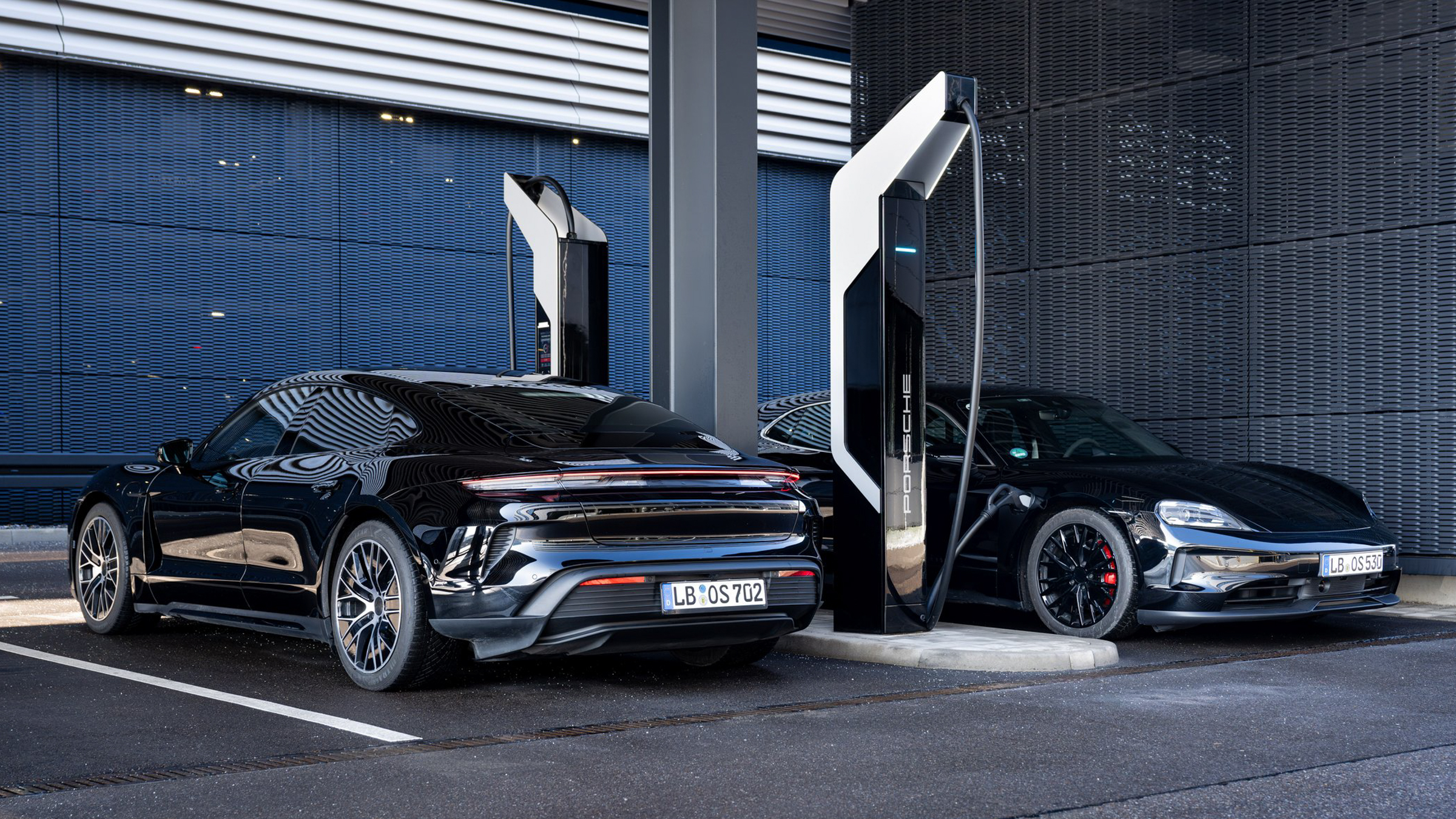
The physical brakes are the same as before, but Porsche has increased the amount of power the Taycan can generate and feed back into its battery when braking. This has increased by 30 percent from 290 to 400 kW.
Inside, the cabin remains mostly unchanged from the original Taycan. The only major difference is how a second infotainment display is now available as an option. Mounted to the dashboard directly in front of the passenger, this can be used to control the music and navigation, but also stream video and because it’s covered with a special film, the screen appears blank to the driver and therefore isn’t a distraction.
It’s a bit of tech we’ve seen before – Range Rovers offered such a thing years ago – but it’s still a clever optical illusion. The film makes the screen slightly less sharp, and I’m not sure if passengers will be able to stomach video on the move for long, but it’s nicely integrated nonetheless.
Apple CarPlay is more thoroughly integrated into the Taycan’s infotainment system. The iPhone-powered interface now includes controls for cabin heating and ambient lighting, but still doesn’t appear on the instrument cluster.
Since it offers its own navigation system, complete with the ability to route via the most suitable charge stations, Porsche isn't saying when, if ever, CarPlay might be fully integrated right across the dashboard.
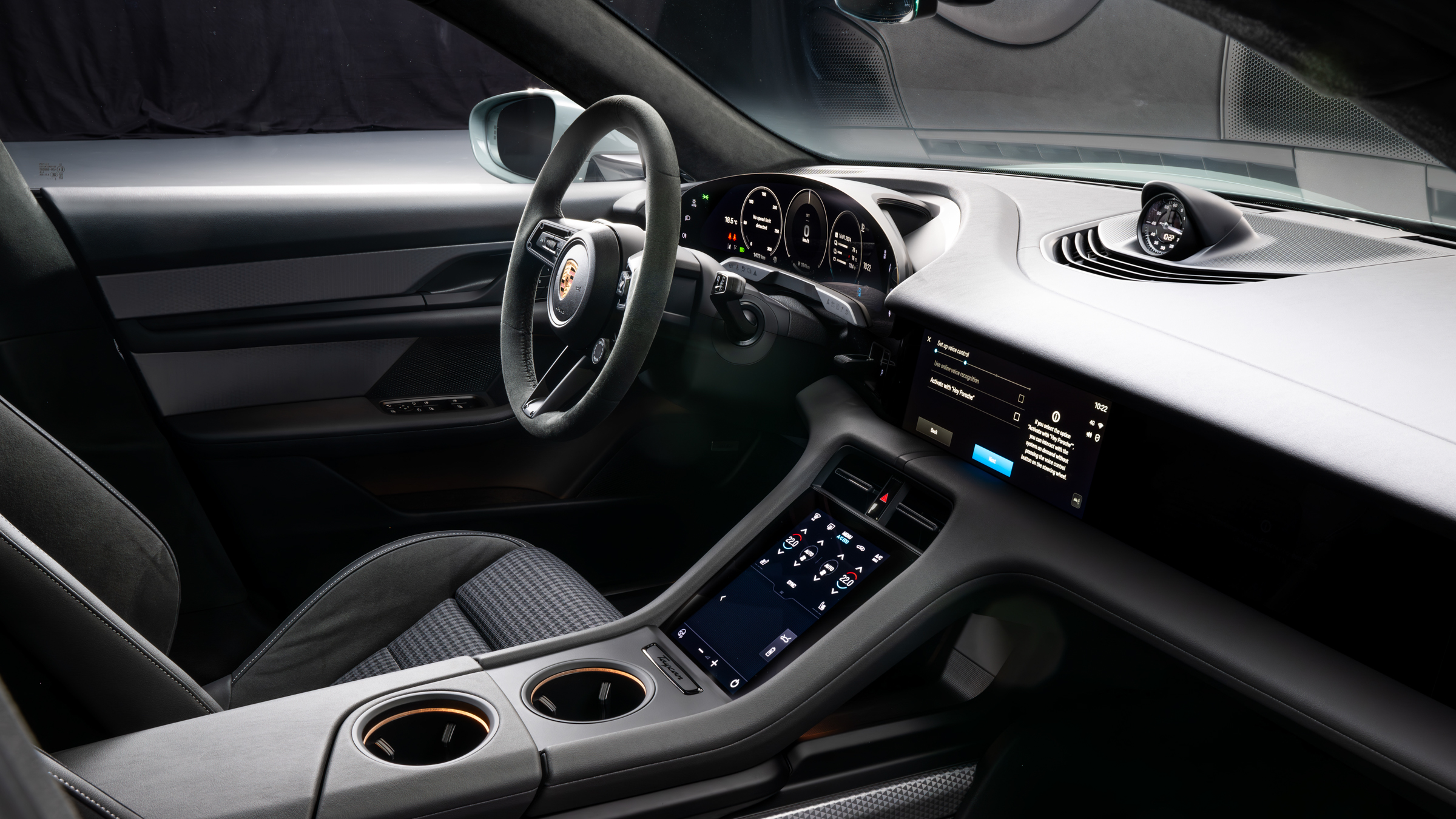
Finally for the interior, a new push-to-pass button has been added to the drive mode selector on the steering wheel. Press this, and the car serves up more power for up to 10 seconds. In the new Taycan Turbo S this ups the output from 570 kW to 630 kW. Enabling launch control while stationary takes things even further and unlocks the full 700 kW for a brief period.
Porsche now fits more kit to the Taycan as standard. This includes ambient interior lighting, ParkAssist with reversing camera, powered folding mirrors, heated front seats, a heat pump with new cooling system, wireless phone charging, a drive mode switch on the steering wheel and charge port covers that open electronically with the swipe of a finger.
You’d be forgiven for not spotting any exterior differences, but there have been some subtle changes. Lines have been sharpened; there are new headlights with high-resolution HD matrix technology; the rear light strip now incorporates an optional glowing Porsche logo. The Turbo and Turbo S models have received bigger visual changes in a bid to make them stand out from the rest of the range. They are uniquely offered with badging finished in a silver colour Porsche calls Turbonite.
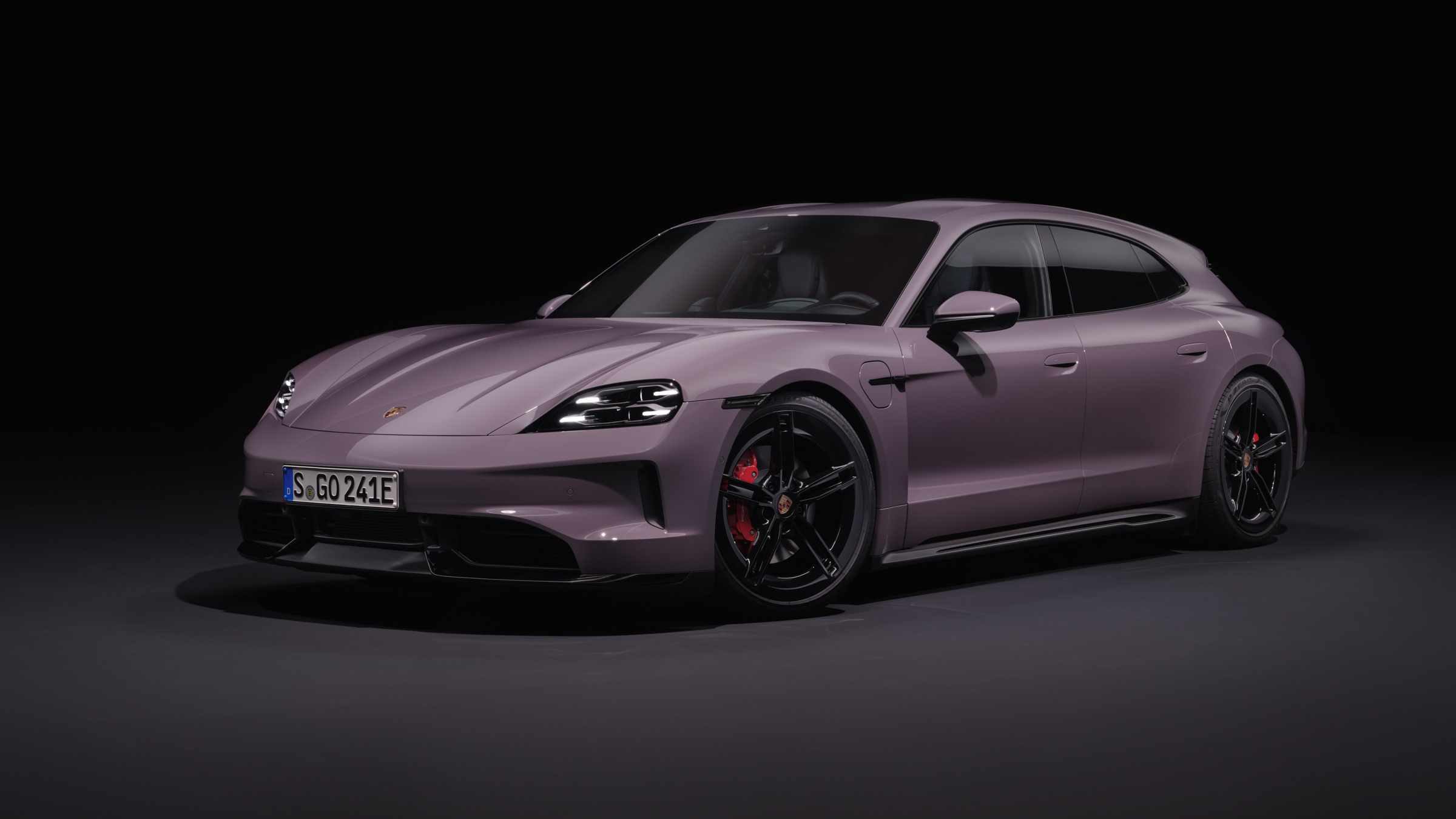
The new Taycan is available with all three body styles at launch, including the saloon, Sport Turismo estate and Cross Turismo, complete with raised ride height and tougher aesthetics built for light off-roading. All three variants are offered with four powertrain options and rear- or all-wheel-drive.
Available in the UK from the spring, the updated Taycan starts at £86,500 and goes all the way up to £162,500 for the Taycan Turbo S Cross Turismo.







